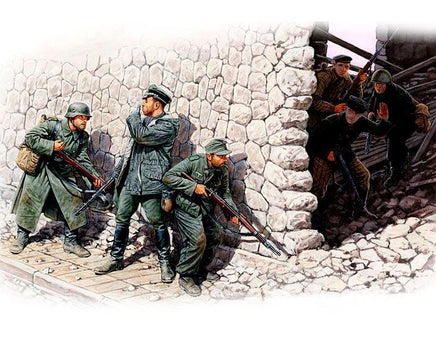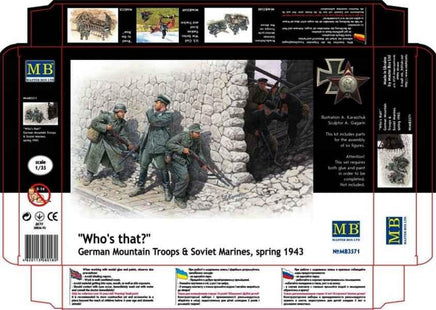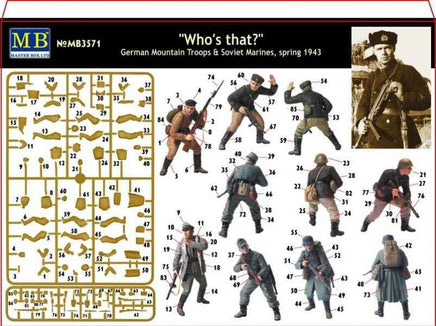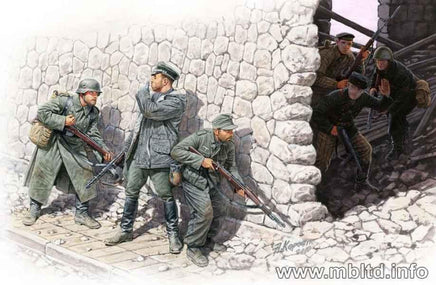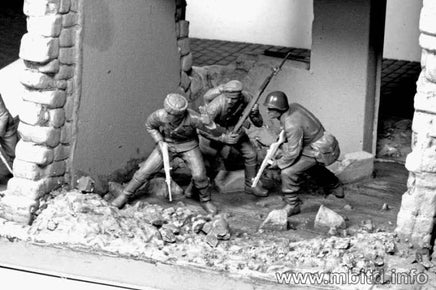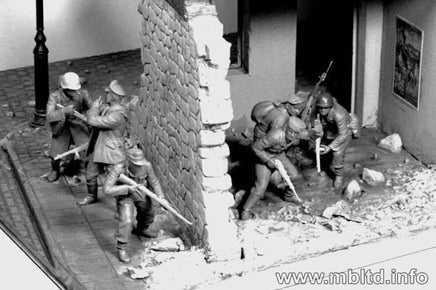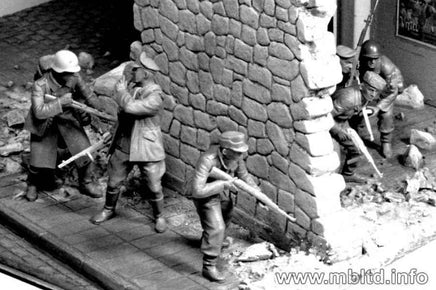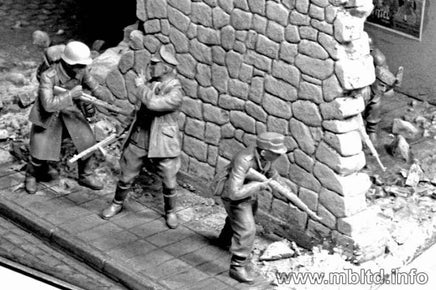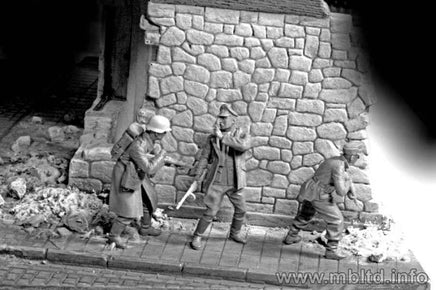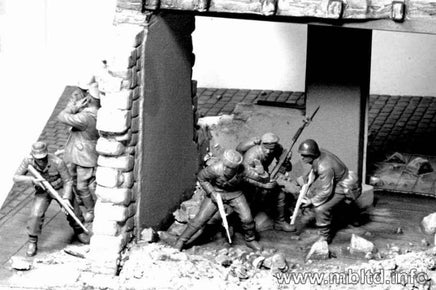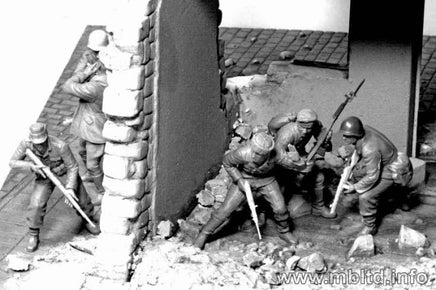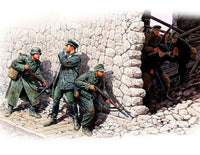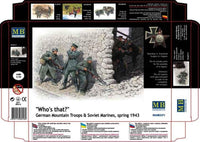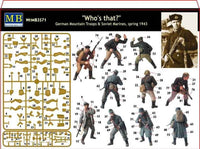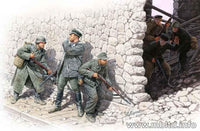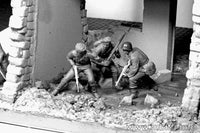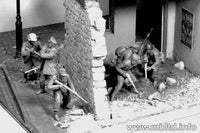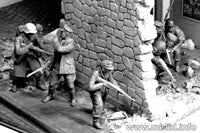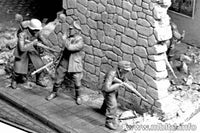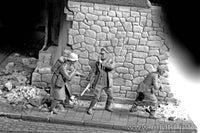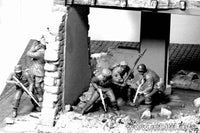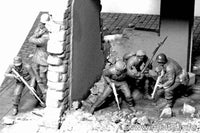The roots of the Russian, and later the Soviet, marines go back to the reign of Tsar Peter the Great, who established this type of formation in 1705. The soldiers included in the group fought not only in the Great Northern War (1700–1721) but also in many other conflicts with the participation of the Russian state, such as the Crimean War (1853–1856), the war with Japan (1904–1905), or World War I (1914–1918). After the October Revolution, this formation was not disbanded, but like many other units of the Red Army, it underwent profound changes. In the course of the next world war (1939–1945), approx. 350 thousand people took part in the fighting on land. sailors and soldiers of the Soviet Navy. At the beginning, the Soviet marines consisted of only one brigade of marines serving as part of the Baltic Fleet, but during the war (especially in the course of the conflict with Germany), six regiments of marines, about 40 brigades, and one full division were formed. ! The situation with the fonts, especially in the years 1941-1943, meant that these often well-trained units fought primarily in classically land operations, including defending Sevastopol, Moscow, Kerch and Stalingrad. It is worth adding that in the years 1941-1945 the Soviet marines carried out about 120 landings from the sea, but most often the landings concerned platoons or at most companies. It is worth adding that 122 soldiers serving in this formation were awarded the title of Hero of the Soviet Union.
Gebirgsjäger (often referred to in Poland as Alpine Riflemen) are selected Austrian and German light infantry units designed to operate in the mountains. It is assumed that the history of Gebirgsjäger in the German army began in November 1914, when the first battalions of this type were formed. During World War II, the German army still had units of this type, forming a total of as many as 10 divisions, which were used in combat with varying intensity. The equipment of Gebirgsjäger units during World War II was similar to traditional infantry formations, but generally Alpine shooters had more machine guns (light and heavy - e.g. MG34 or MG42) and a greater amount of light artillery and mortars. Their equipment was also adapted to operating in high mountain terrain and in very low temperatures, and their training was much more difficult than that of an ordinary walker. Gebirgsjäger units were used on a large scale during the fighting in Norway in 1940, during the fighting in the Balkans and Crete in 1941, but also in the Italian campaign (1943-1945) and on the Eastern Front, especially in the Caucasus (1942 -1943) and in its northern part, on the Finnish-Soviet border. It is worth adding that the distinguishing sign of the German Gebirgsjäger is the insignia of the edelweiss (German: Edelweiss). It is worth adding that the traditions of Gebirgsjäger are now continued in the German Bundeswehr.

